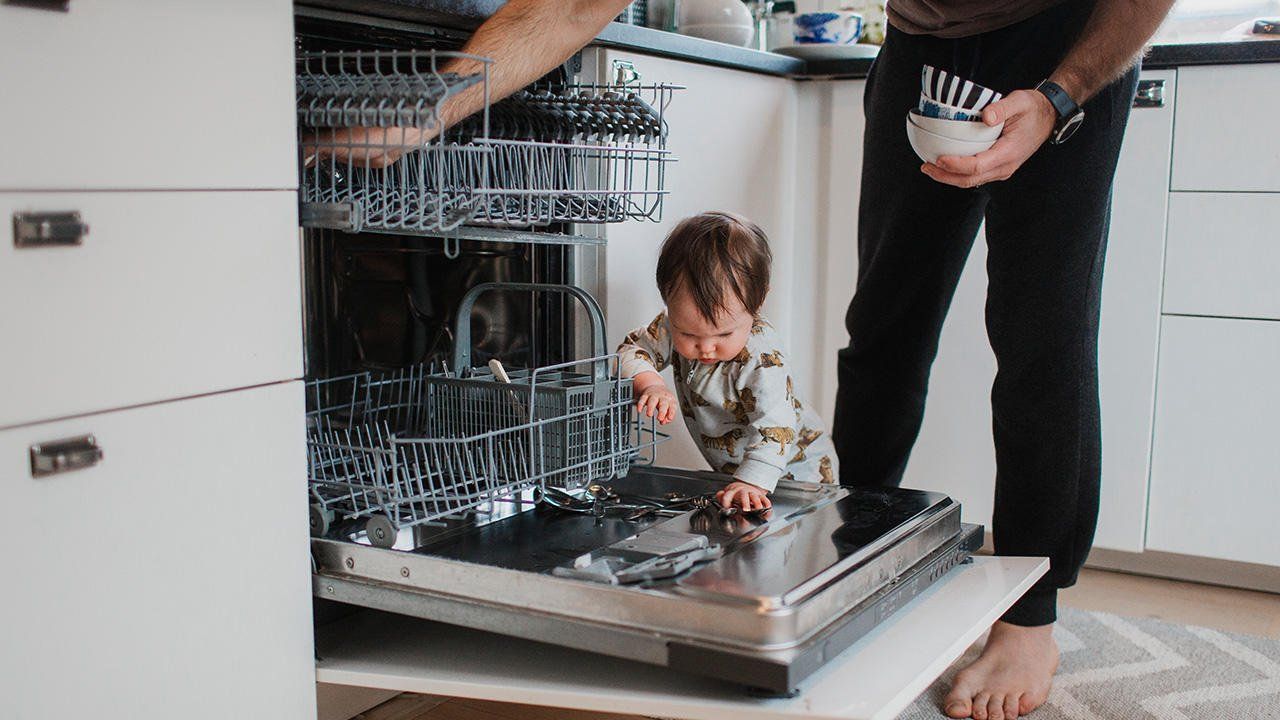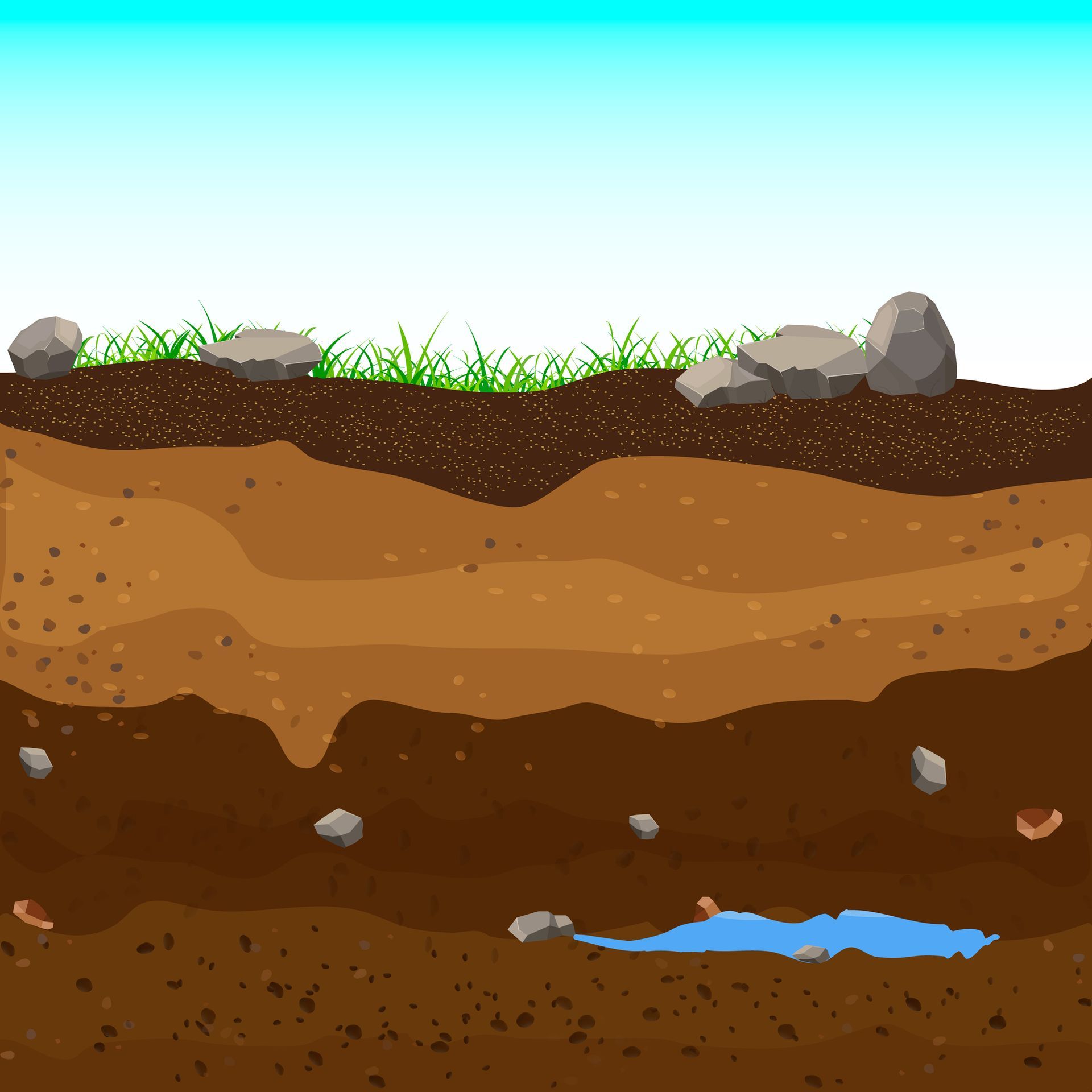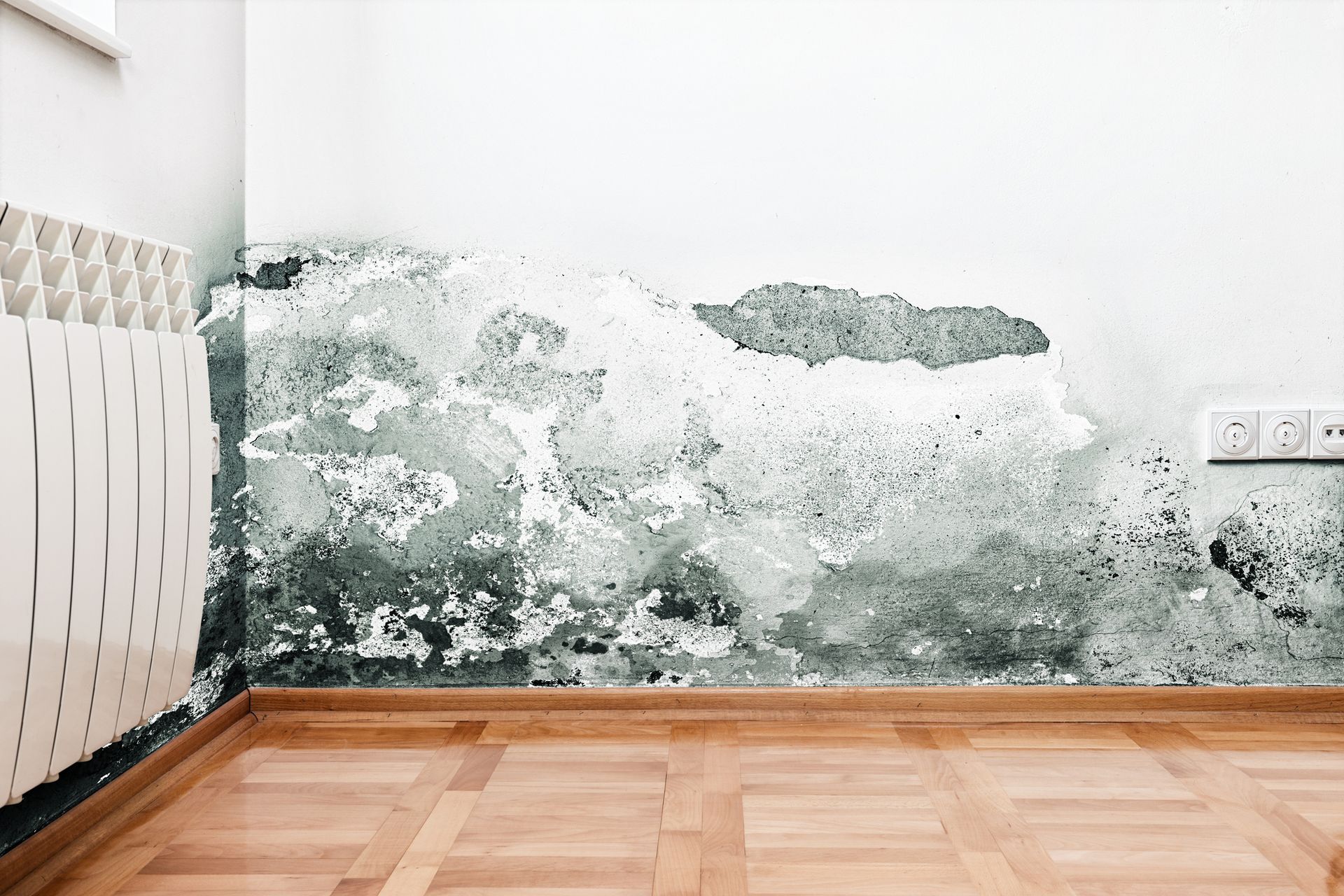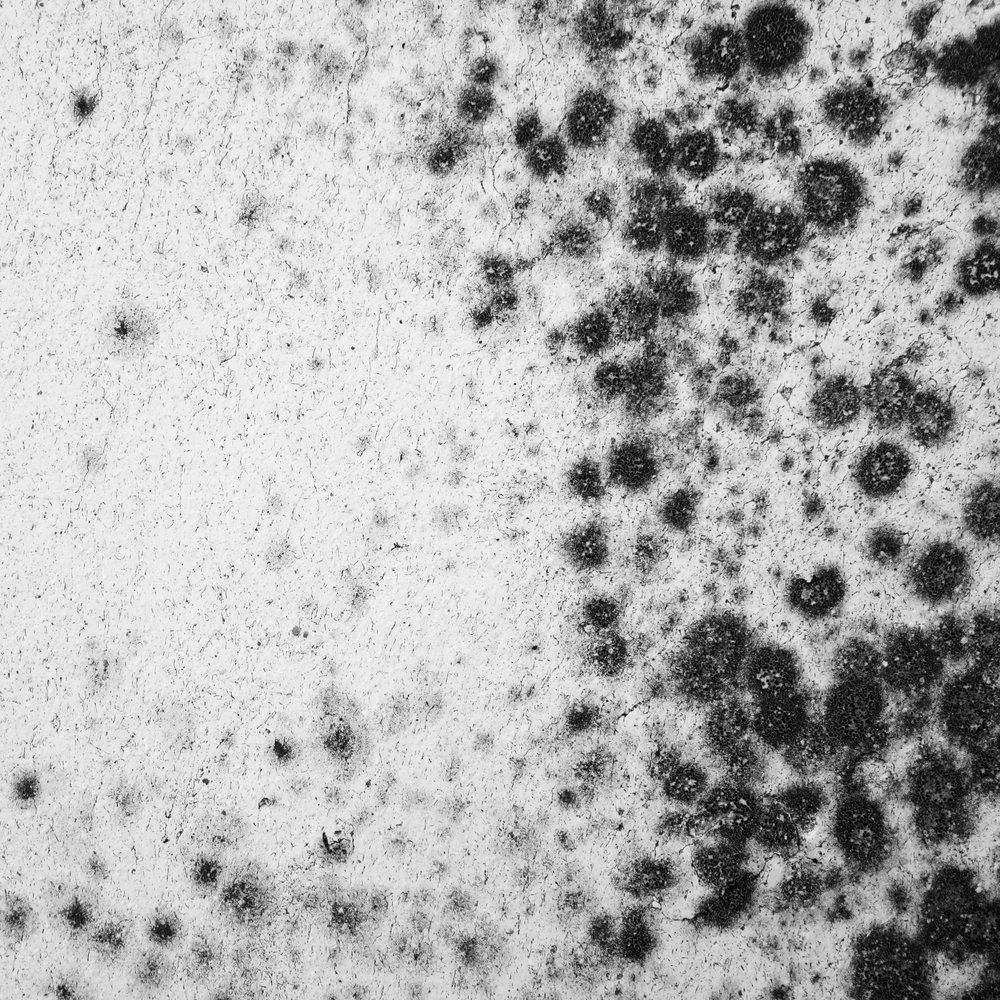How to Clean Mold from Your Dishwasher
How to Clean Mold from Your Dishwasher -Ellicott City, MD

Is your dishwasher starting to show signs of wear and tear? Is there an obnoxious odor coming from it? Examine the exterior and interior of the dishwasher, and if possible, carefully remove the dishwasher's bottom. It's possible that mold has taken hold. This is not only annoying, but it might also be harmful to your health. Dishwashers in the home are convenient, but they must be maintained on a regular basis.
Mold likes moisture, so when there is no air circulation, a lot of moisture inside an area, and a food supply to consume – such as little food particles left in a dishwasher – the right circumstances for mold to grow are produced. As a result, every dishwasher is a perfect breeding environment for mold.
How to Identify Mold Spores in Dishwasher
To begin, assess whether the mold in your dishwasher is truly mold or merely built-up filth. When working with mold, use gloves and goggles to protect yourself. Examine the area for discoloration and slimy residue. You'll probably detect a musty odor as well.
If food waste is left in the dishwasher for a few days, mold will begin to form on it, and you will be able to see it. You can also notice filth accumulating in corners or along rubber gaskets. Remove any detachable parts from the interior of your dishwasher with care and inspect them for indications of mold.
There will most certainly be some accumulation on the dishwasher filter, but it isn't necessarily moldy; nevertheless, if the housing around the filter is black or smells musty, you may presume there is mold on it as well. If you're unsure, it's always preferable to be safe than sorry. You may always get the help of a professional to examine the problem. To avoid health risks, it's critical to discover and clean a moldy dishwasher as soon as possible.
How Can You Get Rid of Mold in Your Dishwasher?
When dealing with mold, it is critical to take all necessary measures. Do not undertake mold treatment on a surface greater than 10 square feet; instead, contact a certified specialist. Mold on surfaces less than 10 square feet can be treated with utmost caution and attention by the homeowner. When dealing with any quantity of mold, be sure you're wearing the necessary PPE. Gloves, goggles/eye protection, and N-95 respirators should all be used.
It is hard to completely eradicate mold from a property. Mold spores are everywhere. However, there are still options for mold removal. If you suspect mold, the best thing you can do is contact a professional mold remediation business with educated professionals who can help you. If you decide to tackle a tiny area of mold on your own, remember to put on PPE and carefully follow all instructions. Remember that they are 'at-home cures,' not what you should do if you have a mold problem.
- Start by taking out removable parts like baskets and trays, and run your machine on the hottest setting for a full wash cycle without dishes inside.
- It’s best if you can let things soak for an hour or so.
- Use a little elbow grease and scrub any visible mold with a tough sponge, scrub brush, or old toothbrush. Be sure to deep clean under the tabs where water collects if possible – this is an ideal spot for mold to grow.
- Once you’ve cleaned off all visible mold, wipe the insides of your dishwasher with a clean, damp cloth, and let it dry.
- Continue to the drain opening and door seal. Fold them back to remove any debris from both pieces.
- Place the racks, rotor, and drain strainer (if applicable) back into the dishwasher after they dry completely. Continue to disinfect the dishwasher now that you’ve completed this step!
How to Disinfect Your Dishwasher
After you've cleaned your dishwasher, it's time to sanitize and disinfect it. Instead of harmful chemicals, you may achieve this in a variety of ways with everyday home items. The two most popular employ vinegar and baking soda as cleaning agents, but you may also use a professional dishwasher cleaner. To safeguard yourself, put on personal protective equipment (PPE) during the disinfection procedure.
How To Prevent Growth of Mold In Dishwasher
The damp climate of a dishwasher contributes to mold formation. As a result, it's critical to take action to prevent mold from forming. Here are a few pointers to help you keep the fungus at bay:
- Use your dishwasher regularly, especially if there is no air circulation – mold and other bacteria need air, too, so you want to keep the dishwasher door closed as much as possible
- Keep it clean, drain any standing water inside both at the end of each cycle and also during regular maintenance; if there is a musty smell again after cleaning, it’s probably because there is still moisture inside your dishwasher. You can leave a cup of vinegar in your dishwasher overnight to help absorb moisture, run an empty rinse only cycle with nothing but white distilled vinegar inside (no detergent), or use a dehumidifier in the room where the machine is stored.
- If you suspect that mold has taken hold on rubber parts, filters, or removable parts like baskets – replace them and repeat the sanitizing and cleaning instructions above. Do not use the dishwasher until you’ve cleaned and sanitized it and replaced or repaired damaged parts.
To avoid mold development and microbiological accumulation, we recommend deep cleaning your home dishwasher at least once every two months. Mold is harmful and can harm your health. Mold should only be removed from places that are less than 10 square feet in size. Contact a specialist right away if you have a bigger impacted area.
For years, Restoration 1 of Ellicott City has provided competent mold remediation services. The Institute of Inspection, Cleaning, and Restoration Certification (IICRC) has certified our professionals, so we know what we're doing. Give us a call 24 hours a day, 7 days a week for assistance with a moldy dishwasher or other mold development!












